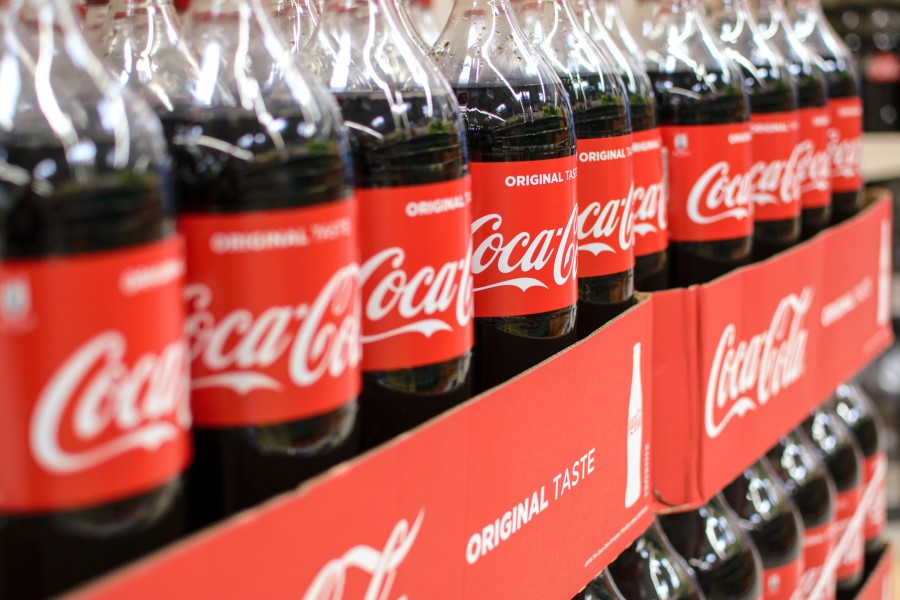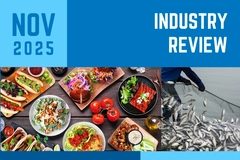
- Industry news
Industry news
- Category news
Category news
- Reports
- Key trends
- Multimedia
Multimedia
- Journal
- Events
- Suppliers
Suppliers
- Home
- Industry news
Industry news
- Category news
Category news
- Reports
- Key trends
- Multimedia
Multimedia
- Events
- Suppliers
Suppliers
Coca-Cola delivers strong Q3 results as premium teas and sports drinks drive growth
Key takeaways
- Coca-Cola reported 5% revenue growth in Q3 2025, driven by premium beverages like Fairlife and Fuze Tea, and sports drinks like Powerade and Bodyarmor.
- The beverage company gained global market share in non-alcoholic ready-to-drink categories.
- Despite macroeconomic challenges, Coca-Cola has adapted flexibly, investing in portfolio expansion and premium offerings.

Coca-Cola has reported its third-quarter 2025 results, with net revenues growing by 5% to US$12.5 billion.
The beverage behemoth’s ready-to-drink (RTD) tea portfolio maintained a strong position in the category, with Fuze Tea growing retail value five times the industry average year-to-date. Coffee grew 2%, primarily driven by growth in Asia Pacific, Europe, the Middle East, and Africa.
The company’s sports brands Powerade and Bodyarmour delivered positive results, while the Fairlife portfolio of reduced-sugar, high-protein, ultra-filtered milk, and shakes continues to gain ground in the US and increase sales in Mexico.
It also gained value share in total non-alcoholic RTD beverages.
Coca-Cola — which acknowledges that the overall macro environment remains challenging — reported that it had taken the Minute Maid Zero Sugar brand to markets in the Asia Pacific, where it is seeing strong consumer interest and solid volume performance.

Gaining market share
The soft drinks leader is gaining market share globally, adapting to the different dynamics that consumers face. Notably, there is a growing difference in consumer spending, with high-income earners opting for premium brands and low-income earners pulling back from spending or seeking Dollar Store deals or special promotions.
Generally, the Coke trademark is doing well, and the company is gaining market share in some premium market segments, particularly with brands like Fairlife or RTD teas.
While Coca-Cola is making advances across its portfolio, there is still much work to be done, admits James Quincey, chairman and CEO of The Coca-Cola Company.
“While the overall environment has continued to be challenging, we’ve stayed flexible — adapting plans where needed and investing for growth,” says Quincey.
“By offering choice across our total beverage portfolio and leveraging our franchise model’s unique strengths, we’re gaining ground and strengthening our leadership position. We’re confident we can deliver on our 2025 guidance while also working to achieve our longer-term objectives.”
Earnings per share also grew 30% to US$0.86, and Coca-Cola expects to deliver organic revenue growth of 5–6%. When it reports fourth-quarter earnings, the company will provide full-year 2026 guidance.
Shares of the company closed yesterday with an increase of almost 4%.
Coca-Cola business moves
Meanwhile, Coca-Cola also announced that the company and Gutsche Family Investments have agreed to sell a 75% controlling interest in Coca‑Cola Beverages Africa (CCBA), to Coca‑Cola HBC AG.
CCBA is the largest Coca‑Cola bottler in Africa, operating in 14 countries and accounts for about 40% of all Coca‑Cola product volume sold across Africa. Coca‑Cola HBC is one of the largest Coca‑Cola bottlers in the world, with operations in 29 countries across Europe and Africa, including Nigeria and Egypt.
Coca‑Cola will sell 41.52% out of its 66.52% stake in CCBA to Coca‑Cola HBC, and Coca‑Cola HBC is acquiring 33.48% of CCBA.











